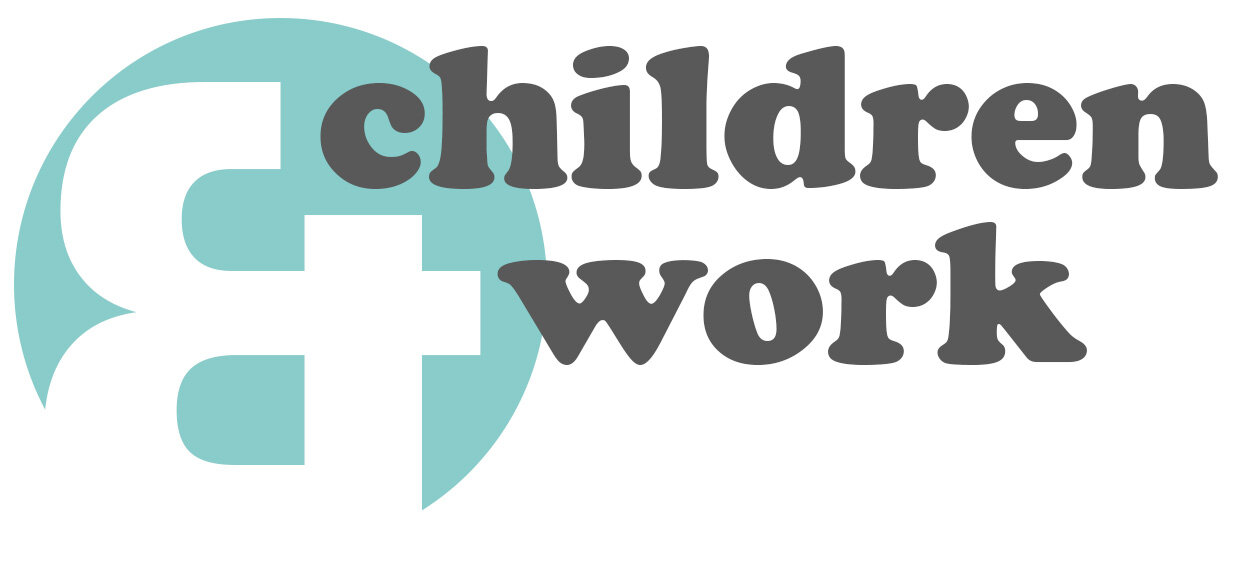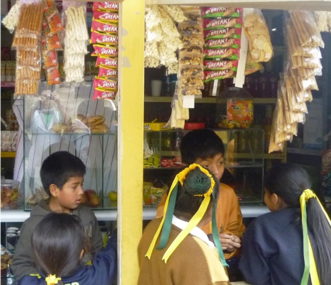Integrating Work and Learning in Schools for Working Children
I.E. San Jose Obrero, a public elementary school with approximately 400 students, is situated in one of the many dusty and impoverished hillside communities above Lima, Peru. Part of a small group of Peruvian schools that have joined forces to improve working children’s educational experiences, San Jose Obrero’s teachers and administrators are developing methods and strategies that help working children to succeed in school while also recognizing the skills they learn through work and supporting their needs and desires to contribute to their families’ economic well-being and survival.
Teachers at San Jose Obrero and the other schools who are part of this network have participated in workshops with IFEJANT (Instituto de Formación para Educadores de Jóvenes, Adolescentes y Niños Trabajadores de América Latina y el Caribe). In these workshops, they discuss research on working children and children’s rights and have learned that when working children are criticized for working, or are locked out of schools for being a few minutes late due to work, or when they generally feel that their experiences as workers are looked down upon, they are more likely to leave school permanently. Therefore, rather than stigmatizing working children, teachers at schools like San Jose Obrero encourage them to bring some of their knowledge and experience from work into the classroom, sharing what they have learned from their work with their peers. For example, in a third grade class, a girl shared what she knew about raising chickens with her peers during a discussion about different kinds of animals and their habitats.
The emotional and psychological significance of being valued rather than judged negatively is only one part of how schools like San Jose Obrero support working children. In addition to this symbolic dimension, the school has created several programs that allow children to integrate their economic needs and their desires to work with their ongoing schooling and learning. Each class of students, across all grade levels, participates in a weekly workshop that uses a productive and hands-on pedagogy to teach core content. For example, students might practice multiplication by being given a recipe for 2 cookies, and then being asked to bake batches of 24 cookies, which they can then sell either in the school’s on-site kiosk or on their own in their neighborhoods. In another example, students work on their writing skills by creating greeting cards to sell.
In addition to the classroom-based integration of economic activity with the traditional curriculum, the school also organizes several projects through a micro-lending program called PROMINATs. This program involves students beyond the normal school day in running the school’s small kiosk or in a collectively-organized bakery. Students who are part of the group that runs the kiosk learn to deal with inventory demands, set prices, do bookkeeping, organize work schedules, give accurate change, and provide customer service to their peers and community members who shop at the kiosk. They earn some money to take home with them for their families, and they are working in conditions that are both educational and safe. Kids who work in the kiosk talk about how much they like being at the center of the economic and social life of the school, learning new skills, gaining experience that may help them get jobs in the future, and being able to contribute to their families.
Kids who are part of the bakery not only learn how to make delicious cookies, empanadas, and other baked goods, increasing their likelihood of employment in these kinds of businesses in the future, but they also learn how to manage and run their own small business. They learn about keeping a balance sheet, setting prices, business planning, and marketing. Like the group who runs the kiosk, they also express their appreciation for being able to make some income to take home to their struggling families and talk about how they like the feeling of being a producer, of making something: they feel happy when they are being useful and creating something for their community. Instead of leaving school or skipping class in order to make money, or working outside the school in potentially more harmful and exploitative conditions, the kids are integrating their learning with their economic activities and are engaged in economic activities that further their learning.
Policy Challenges
Laws that prohibit children from work below a minimum age can make it difficult for schools to engage children in integrated economic and educational activities. They are often concerned that these programs will be challenged as a form of child labor because international and national policies don’t sufficiently distinguish between different kinds of working conditions and experiences.
Policy Recommendations
Instead of prohibiting all kinds of economic activity for children, schools need to be better equipped to support working children. Cultural sensitivity training for teachers that discourages stigmatization and judgment of working children needs to be accompanied by the development of curricula that recognize the educational value of children’s work. Finally, there is a demand for more innovative school programs, like those described here, that give children opportunities to integrate their education and learning with their desires and needs for income-generating activities.
Resources
This example was written by Jessica K. Taft and is based on extensive ethnographic field research and interviews with organized working children and their adult supporters in Lima, Peru. More information on the programs coordinated by IFEJANT can be found here.



